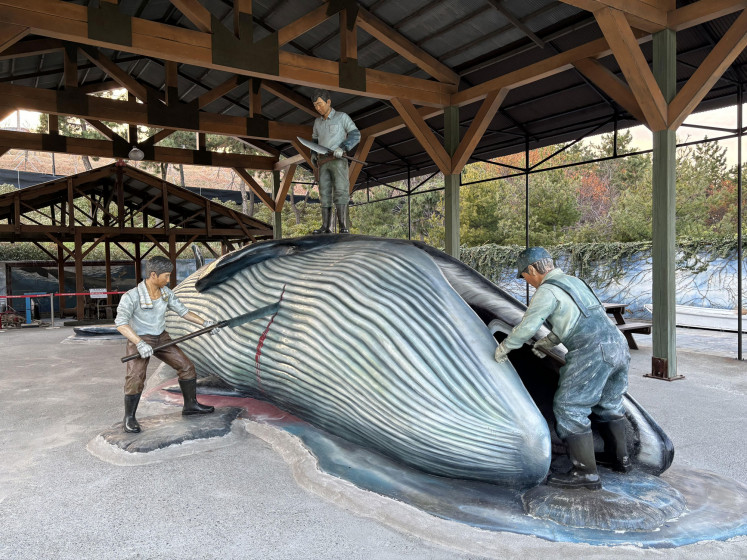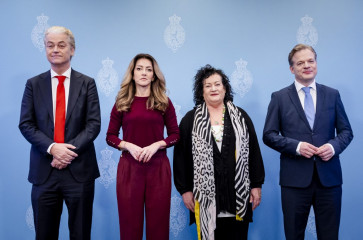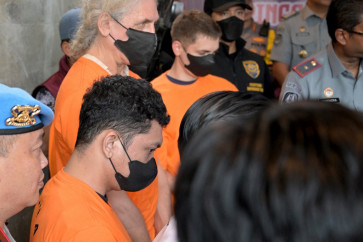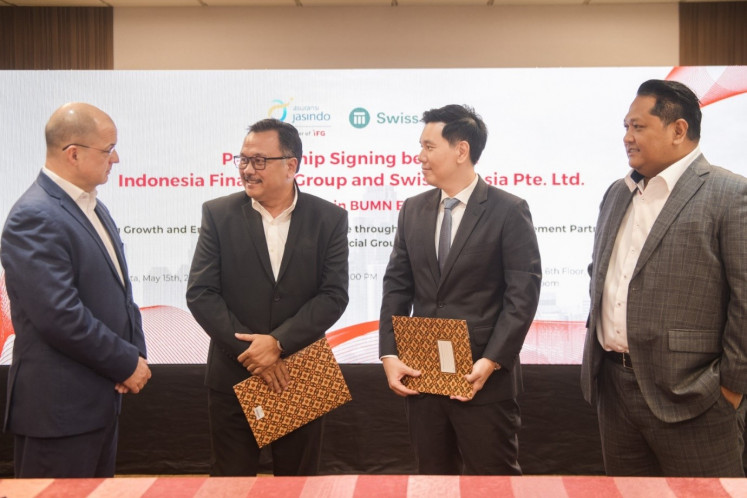Having a whale of a time in Ulsan through interactive media art
Change Size
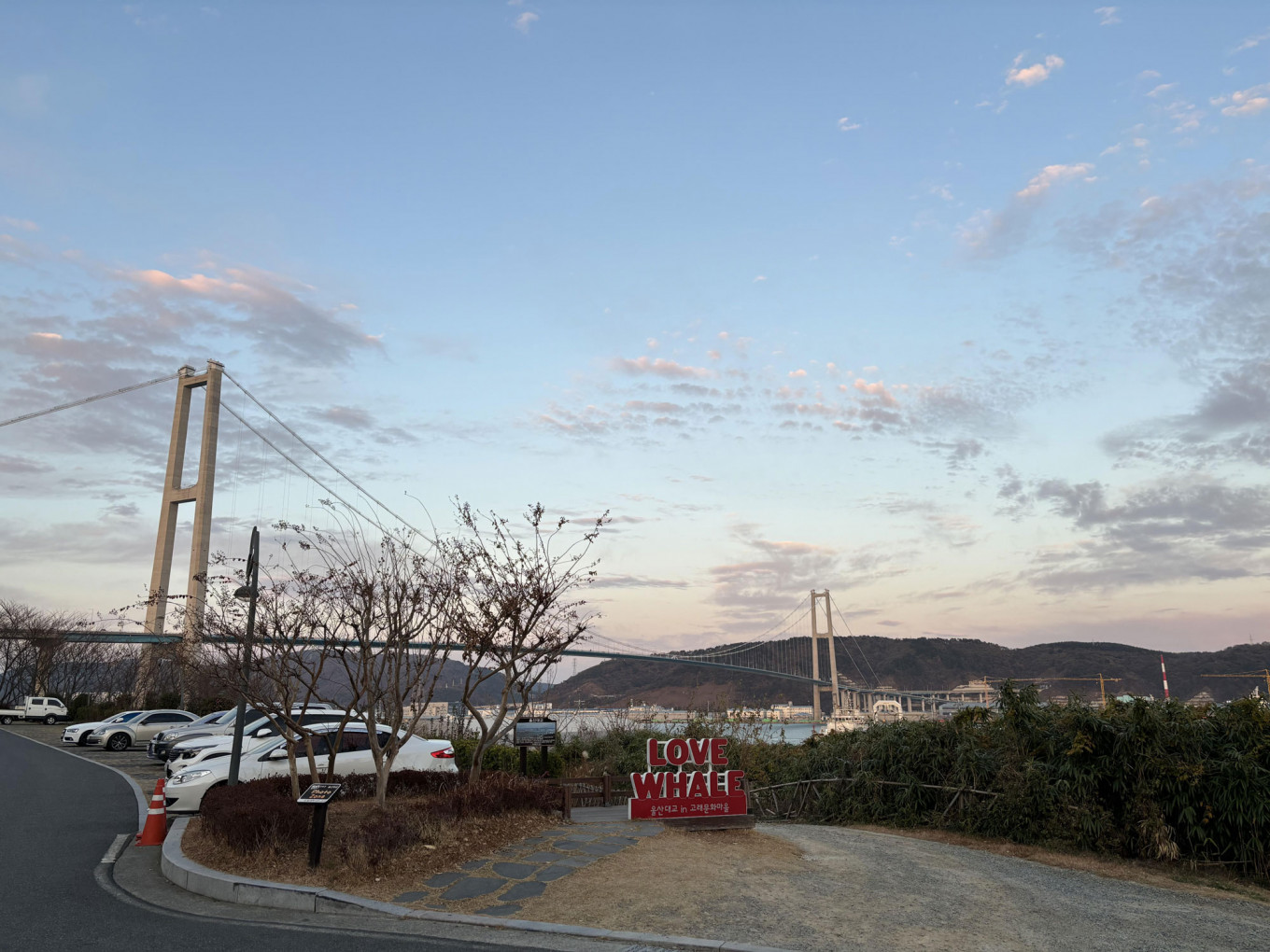
A
gainst a blue backdrop filled with corals and starfish is a baby whale sporting a garland and a sailor’s hat, performing a couple of somersaults and saying things like “purr, purr” and “I’ve missed you!” His name is Bob and the sea he calls home is as small as the size of my phone screen.
Bob is what I’ve named my majestic, virtual whale buddy, which was designed as part of the interactive experience at the new Whales Fantasium in Ulsan, Korea. The art exhibition celebrates the village’s heritage, one of which is whaling, and the word “fantasium” is a portmanteau of fantasy and museum.
Whaling has been a common Korean practice since the Neolithic Era more than 3,000 years ago, as evidenced in the cave paintings that incorporate drawings of other animals. Even today, gorae chiggae (whale meat stew) and gorae duruchigi (whale meat stir-fried in chili sauce) are still offered as traditional dishes in the country.
Whaling was banned in 1986 after Korea joined the International Whaling Commission's moratorium on commercial whaling, but remnants of the country’s history with the majestic creature remain.
Jangsaengpo, a port in Nam-gu in the southeastern city of Ulsan that is just shy of a four-hour trip from the capital Seoul, was once known for its whaling culture. Stepping off a ship at the port, visitors today are greeted by statues of humpback whales and the Jangsaengpo Whale Museum & Whale Ecological Experience Hall.
Whales Fantasium is a short walk away and offers a higher vantage point for viewing the port. It serves as a platform to raise awareness among its visitors about Ulsan’s cultural heritage through interactive media art.
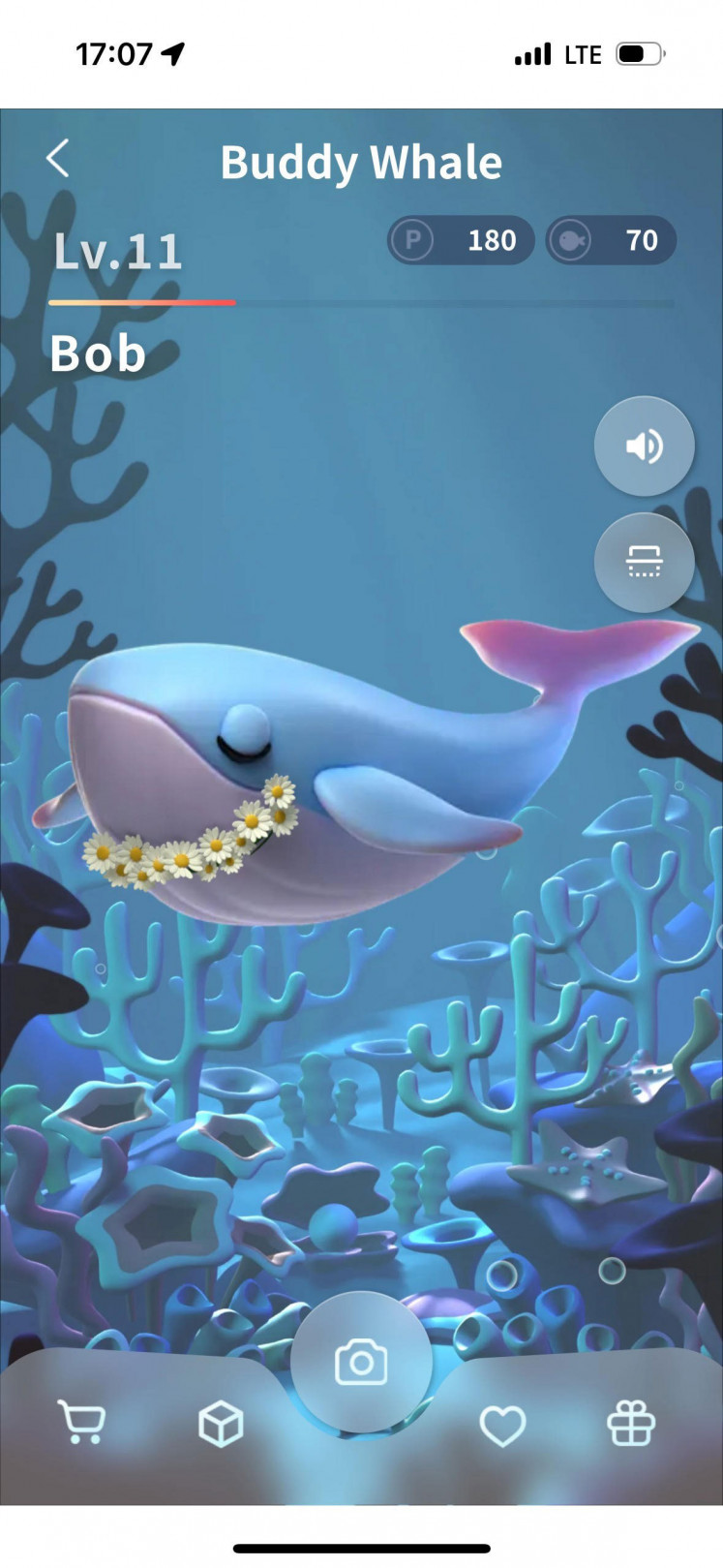
The exhibition is divided into five areas. The first room presents an illusion that visitors are in a submarine, with a circular screen displaying the many different creatures that live in the planet’s vast oceans.
Separated by a curtain, the second room shows cave paintings amid two waterfalls. The visuals are modeled after the Daegokcheon Stream, a tributary of the Taehwa River, along which is a vertical cliff that is home to the world’s oldest rock carvings of whales and whale hunting.
Moving into the third room, a screen depicts humpbacks flying through Ulsan across the seasons. The images may be familiar to fans of Korean drama Extraordinary Attorney Woo. As visitors gaze in awe at the big screen, don’t forget the little room across the way, its walls and floor adorned with pictures of Ulsan’s history and whale sightings, most of which were taken between 1950 and 1960.
Back to Bob: He gets his moment in the spotlight in the fifth room. People are advised to download the What a Ulsan app before their visit, so they can access information on restaurants, tours and the many different sites in the city.
The best part about the mobile app is undoubtedly its Buddy Whale feature, where all users can name, feed and play with their own virtual whale. Occasionally, the app will prompt users to clean the virtual ocean, raising awareness about the current condition of our seas. At the end of the exhibition, users can scan the QR code of their Buddy Whale to see their pet swimming with other virtual whales on the big screen.
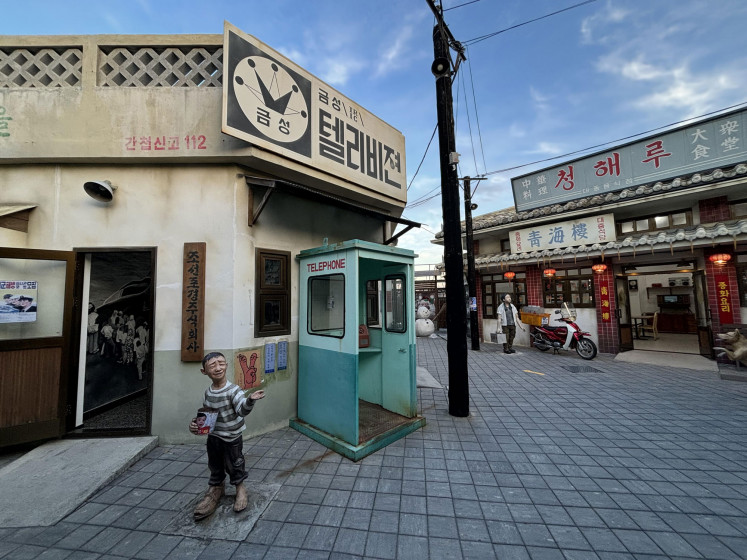
Aside from the Whale Fantasium, Ulsan also offers visitors a variety of activities, such as a monorail ride and the Jangsaengpo Whale Cultural Village, opened in 2015, where visitors can go back in time. Stepping into the park is like taking a time machine to an old neighborhood that experienced its heyday a few decades back.
Across the cultural village are a post office, a photo studio, a school, an arcade and a few dozen shops offering everything from clothing to vinyl records. The walls are adorned with posters of old films, such as Casablanca, Roman Holiday, and The Sound of Music. A banner on one side, a leftover from the Korean War, reads: “Let’s see if there is a low-class spy in front of you.”
The village presents an unbiased view of whale hunting as part of its people’s heritage, confronting it head-on. Next to a basketball court is a small house that has tanks for storing whale oil and pictures of fishermen and their whale catches, a gruesome sight compared to the idyllic village life visitors saw when they stepped through the gates. A few steps north brings visitors to a huge replica of a humpback whale being carved up by three fishers.
At the end of the day, visitors can learn about and gain appreciation for the daily lives of villagers of the past, and be reminded of why whale hunting is now banned in Korea.
